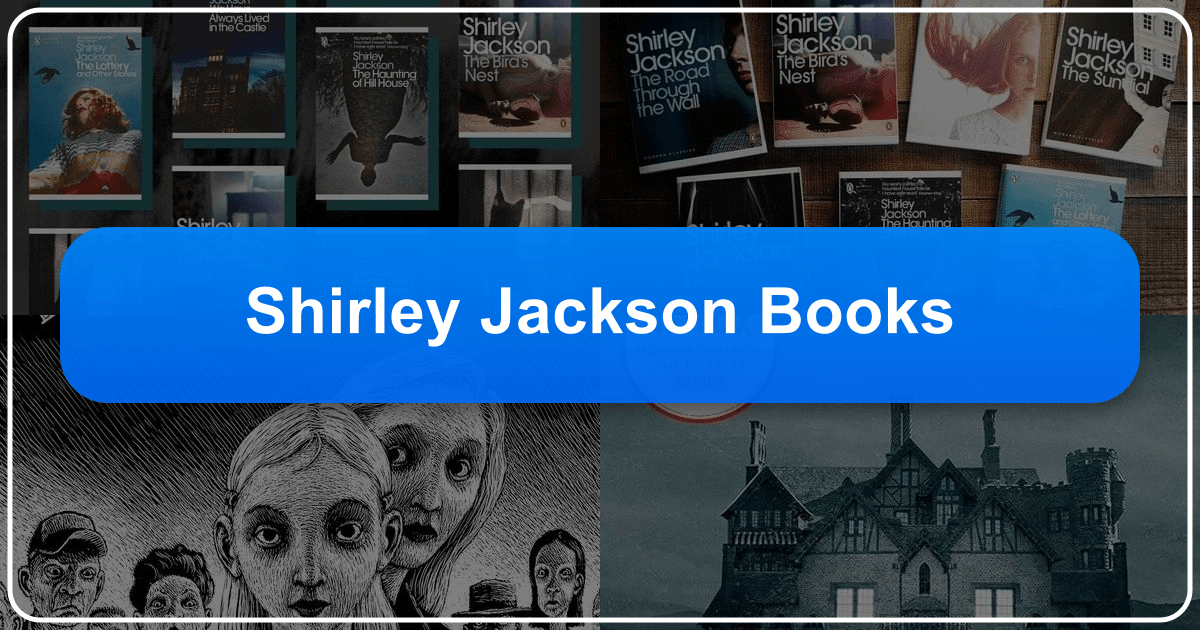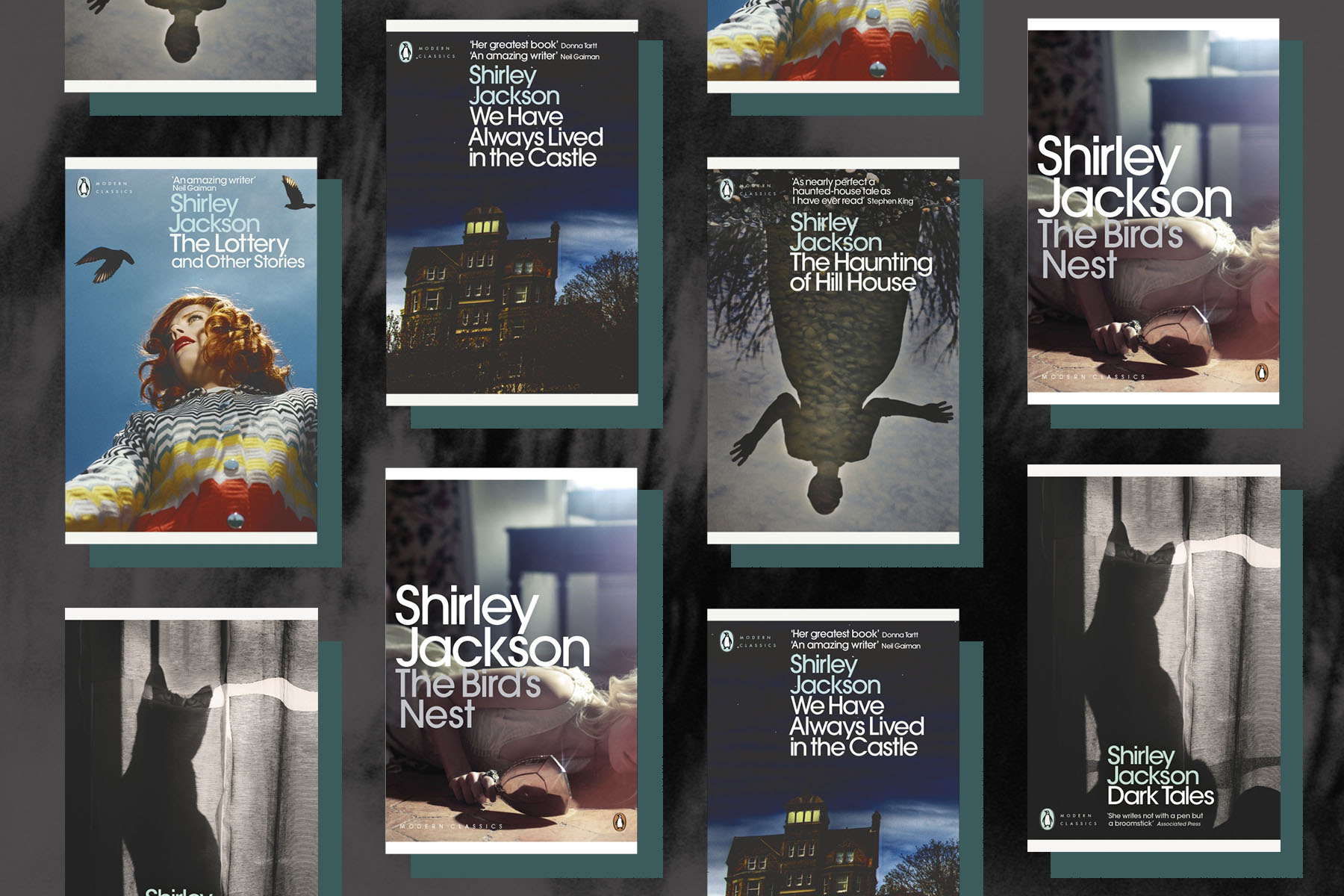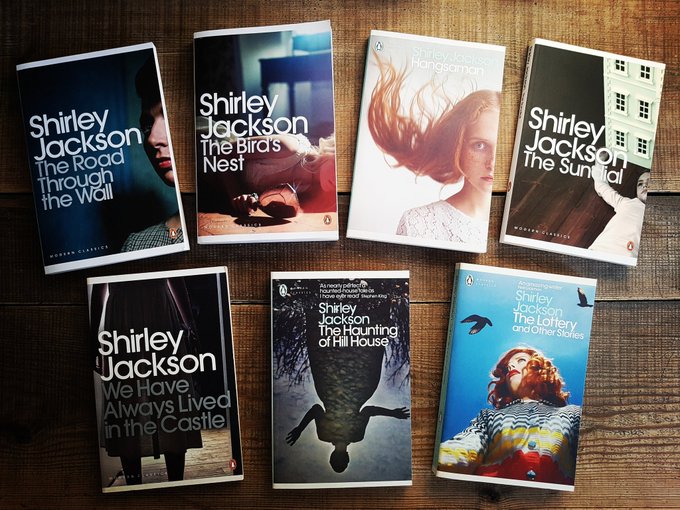Shirley Jackson Books: A Journey into the Mind of a Master of Horror

Shirley Jackson, a writer often dismissed by the male-dominated literary establishment of her time as a “frumpy housewife” or merely a “genre writer,” is now rightfully recognized as one of the greatest horror authors of the 20th century. Her work, characterized by its unsettling atmosphere, psychological depth, and exploration of the darkest corners of the human psyche, continues to captivate and disturb readers decades after her untimely death at age 48. This exploration of Shirley Jackson’s books delves into her literary landscape, examining her diverse genres, iconic works, and lasting cultural impact.

Exploring the Genres and Themes of Shirley Jackson’s Fiction
Shirley Jackson’s writing transcends simple genre classifications. While firmly rooted in horror, her works often blend elements of gothic fiction, psychological thrillers, and even subtle social commentary. Her stories often feature damaged, lonely young women grappling with societal expectations and their own internal struggles. This recurring motif underscores the universality of her themes, resonating with readers across generations.
The Power of Domestic Horror
Many of Jackson’s most chilling tales, including those found in collections like Dark Tales (2016), unfold within seemingly ordinary domestic settings. She masterfully transforms kitchens, offices, and suburban homes into spaces of fear and unease, subtly reflecting her own personal dissatisfaction with the constrictions placed upon women in her era. The horror in her stories isn’t always about overt violence; it often lies in the unspoken tensions, the subtle manipulations, and the creeping sense of dread that permeates everyday life. The everyday becomes extraordinary, the mundane transformed into something deeply unsettling. This sense of the familiar-yet-frightening is a cornerstone of her uniquely effective style.

Psychological Depth and Unreliable Narrators
Jackson’s skill lies in her ability to create truly memorable and relatable characters, even when those characters are deeply flawed or mentally unstable. She frequently employs unreliable narrators, forcing readers to question the veracity of their perspectives and the nature of reality itself. This technique heightens the suspense and leaves the reader perpetually unnerved, unsure of what to believe and where the lines between reality and delusion lie. In novels like The Bird’s Nest (1954), the narrative unravels along with the protagonist’s mental state, creating a dizzying and captivating reading experience. This constant questioning of reality is not merely a stylistic choice; it’s a direct reflection of the complexities of the human mind and its capacity for self-deception.
Gothic Horror and Claustrophobia
Many of Jackson’s novels are firmly rooted in the gothic tradition, employing atmospheric descriptions of isolated and imposing settings. Whether it’s the grand, decaying Hill House in The Haunting of Hill House (1959) or the isolated, suffocating Blackwood manor in We Have Always Lived in the Castle (1962), these locations become characters in their own right, reflecting the characters’ inner turmoil and adding a layer of psychological horror to the supernatural elements. The sense of claustrophobia, both physical and psychological, is pervasive in her works, mirroring Jackson’s own struggles with agoraphobia and anxiety. This claustrophobia serves to intensify the sense of unease and entrapment that is characteristic of her stories.

Shirley Jackson: A Life Reflected in Her Work
Shirley Jackson’s personal experiences profoundly shaped her writing. Her struggles with anxiety, agoraphobia, and panic attacks infused her fiction with a palpable sense of unease and dread. Her life in North Bennington, Vermont, where she often felt isolated and alienated from the community, informed the setting and themes of many of her stories, creating a fictional world that is both eerily familiar and deeply unsettling.
The Lottery and its Controversial Legacy
Jackson’s short story, “The Lottery,” originally published in The New Yorker in 1948, remains her most famous and controversial work. The story’s shocking ending, revealing a horrifying annual ritual of human sacrifice, provoked outrage and bewilderment from readers. The story’s enduring power lies in its ability to expose the insidious nature of conformity and the potential for brutality within seemingly ordinary communities. The intense reactions to “The Lottery” highlight Jackson’s power to unsettle and challenge readers, forcing them to confront uncomfortable truths about human nature.
Masterpieces of Gothic Horror: The Haunting of Hill House and We Have Always Lived in the Castle
The Haunting of Hill House stands as a quintessential gothic horror novel, exploring the psychological impact of a haunted house on a group of vulnerable individuals. The novel masterfully blends suspense, psychological horror, and supernatural elements, leaving readers to question the nature of the haunting and the reliability of the narrative voice. It’s a masterful exploration of fear, isolation, and the fragility of the human psyche.
We Have Always Lived in the Castle, often considered Jackson’s finest work, offers a darker, more unsettling exploration of these themes. Narrated by the disturbingly charming Merricat Blackwood, the novel delves into the secrets and traumas of a family isolated from the outside world. The novel’s gothic atmosphere, combined with Merricat’s unreliable narration, creates a reading experience both captivating and deeply disturbing. This is where Jackson’s brilliance shines through most intensely – the disturbingly compelling narrative voice and a plot that is simultaneously horrifying and oddly familiar.
The Enduring Cultural Impact of Shirley Jackson’s Books
Shirley Jackson’s impact on literature and popular culture is undeniable. Her works have inspired numerous adaptations, from film and television to stage productions and even graphic novels. Her influence on subsequent generations of horror writers is clear, and her exploration of psychological horror continues to shape the genre.
Adaptations and Literary Influence
The Haunting of Hill House has been adapted multiple times for film and television, each iteration offering a unique interpretation of Jackson’s original vision. These adaptations, along with those of other Jackson works, demonstrate the enduring power and adaptability of her stories. Her influence on contemporary horror is evident in the work of many modern authors who continue to explore similar themes of psychological torment, societal pressures, and the blurring lines between reality and illusion. Her style of subtle horror has influenced many authors’ abilities to create unease through suggestion, creating far more terror than overt violence could manage alone.
Awards and Critical Acclaim
While Jackson’s work was initially overlooked by mainstream critics, she has since received widespread recognition for her literary achievements. Her stories and novels have earned numerous awards and accolades, solidifying her place as a significant figure in American literature. Her legacy lives on not only through the awards but in the profound effect her books continue to have on readers.
Communities and Fandom
Shirley Jackson’s works have fostered dedicated and passionate communities of readers. These communities celebrate her literary achievements, engage in critical discussions of her work, and continue to explore the themes and symbolism present in her fiction. This lasting effect is indicative of the profound, and often disturbing impact her works have on those who read them. The passionate following she’s garnered is a testament to her artistry and ability to evoke powerful emotions.
In conclusion, Shirley Jackson’s books offer a profound and enduring exploration of human nature, fear, and the unsettling power of the ordinary. Her masterful blend of gothic atmosphere, psychological depth, and unsettling suspense continues to resonate with readers, cementing her place as a master of horror and a significant figure in 20th-century literature. The enduring power of her work, the continued adaptations, and the passionate communities who celebrate her books are proof of her lasting cultural impact. Her legacy continues to inspire new generations of writers and readers alike, ensuring that her chilling tales will be passed down for decades to come.